What may be said about this infection
The ransomware known as Gula ransomware is categorized as a severe threat, due to the amount of harm it might do to your computer. It’s possible you have never ran into this kind of malicious software before, in which case, you may be especially shocked. Ransomware uses powerful encryption algorithms to encrypt files, and once they’re locked, you won’t be able to open them. Victims aren’t always able to recover files, which is why data encrypting malware is thought to be such a high-level infection. 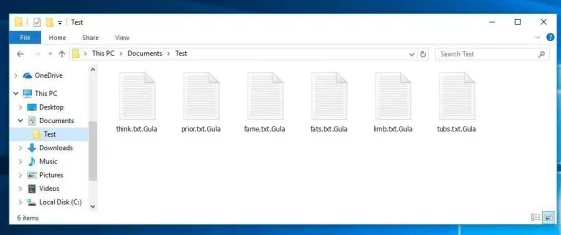
There’s the option of paying the ransom to get a decryptor, but That isn’t recommended. First of all, you might be spending your money for nothing because payment doesn’t always result in file decryption. Why would people to blame for encrypting your data help you recover them when they can just take the money you pay them. Also consider that the money will be used for future malware projects. File encrypting malware already did billions worth of damage to businesses in 2017, and that’s an estimation only. Crooks also realize that they can make easy money, and the more victims comply with the requests, the more appealing file encrypting malicious software becomes to those kinds of people. Situations where you could lose your files may occur all the time so a much better purchase may be backup. If backup was made before your device got infected, delete Gula ransomware and proceed to file recovery. File encoding malicious program distribution methods may be not known to you, and we’ll discuss the most common ways in the below paragraphs.
How does ransomware spread
Email attachments, exploit kits and malicious downloads are the most common file encrypting malicious software distribution methods. Seeing as these methods are still rather popular, that means that people are somewhat negligent when they use email and download files. More elaborate methods can be used as well, although not as often. All cyber criminals have to do is use a well-known company name, write a generic but somewhat plausible email, add the infected file to the email and send it to possible victims. Commonly, the emails will talk about money or similar topics, which users tend to take seriously. It is quite frequent that you’ll see big company names like Amazon used, for example, if Amazon emailed someone a receipt for a purchase that the user didn’t make, he/she would not hesitate with opening the attachment. So as to protect yourself from this, there are certain things you need to do when dealing with emails. Check the sender to make sure it is someone you know. If you’re familiar with them, make sure it’s genuinely them by vigilantly checking the email address. Also, look for grammatical errors, which can be rather glaring. You should also take note of how you’re addressed, if it’s a sender with whom you have had business before, they will always greet you by your name, instead of a typical Customer or Member. Out-of-date software vulnerabilities may also be used for infection. All programs have weak spots but when they’re found, they’re normally patched by software creators so that malware cannot use it to enter a system. Nevertheless, not all users are quick to set up those updates, as proven by the WannaCry ransomware attack. Situations where malicious software uses weak spots to enter is why it is so essential that you regularly update your programs. If you don’t wish to be disrupted with updates, you could set them up to install automatically.
How does it behave
When your device becomes infected, you will soon find your data encoded. Even if infection wasn’t evident from the beginning, it’ll become rather obvious something is not right when files don’t open as normal. You’ll know which of your files were encrypted because an unusual extension will be attached to them. It ought to be mentioned that, file decryption might be impossible if the file encoding malicious program used a strong encryption algorithm. You will see a ransom note placed in the folders with your files or it’ll show up in your desktop, and it ought to explain how you can restore data. They will propose you a decryptor, which will not come for free. If the note doesn’t specify the amount you should pay, you will be asked to send them an email to set the price, so what you pay depends on how much you value your files. For the reasons we have mentioned above, paying isn’t the option malware researchers suggest. Only consider complying with the demands when you’ve attempted everything else. Try to remember whether you’ve ever made backup, your files may be stored somewhere. There’s also a likelihood that a free decryptor has been published. If the ransomware is crackable, a malware researcher could be able to release a program that would unlock Gula ransomware files for free. Take that option into account and only when you are certain a free decryptor isn’t an option, should you even think about paying. Using that money for a trustworthy backup could do more good. If you have saved your files somewhere, you can go get them after you uninstall Gula ransomware virus. Now that you are aware of how much harm this type of threat could do, do your best to avoid it. Stick to secure web pages when it comes to downloads, be vigilant when opening files added to emails, and keep your software up-to-date.
Ways to erase Gula ransomware virus
Employ a malware removal program to get the ransomware off your device if it is still in your device. To manually fix Gula ransomware virus is no simple process and if you aren’t vigilant, you might end up causing more harm. Instead, we recommend you use a malware removal program, a method that wouldn’t put your computer in jeopardy. This utility is useful to have on the device because it will not only ensure to fix Gula ransomware but also put a stop to similar ones who try to enter. Research which malware removal tool would best match what you require, download it, and scan your computer for the infection once you install it. We should mention that an anti-malware tool is not able to unlock Gula ransomware files. After the data encoding malicious software is completely terminated, you may safely use your computer again, while regularly creating backup for your files.
Offers
Download Removal Toolto scan for Gula ransomwareUse our recommended removal tool to scan for Gula ransomware. Trial version of provides detection of computer threats like Gula ransomware and assists in its removal for FREE. You can delete detected registry entries, files and processes yourself or purchase a full version.
More information about SpyWarrior and Uninstall Instructions. Please review SpyWarrior EULA and Privacy Policy. SpyWarrior scanner is free. If it detects a malware, purchase its full version to remove it.

WiperSoft Review Details WiperSoft (www.wipersoft.com) is a security tool that provides real-time security from potential threats. Nowadays, many users tend to download free software from the Intern ...
Download|more


Is MacKeeper a virus? MacKeeper is not a virus, nor is it a scam. While there are various opinions about the program on the Internet, a lot of the people who so notoriously hate the program have neve ...
Download|more


While the creators of MalwareBytes anti-malware have not been in this business for long time, they make up for it with their enthusiastic approach. Statistic from such websites like CNET shows that th ...
Download|more
Quick Menu
Step 1. Delete Gula ransomware using Safe Mode with Networking.
Remove Gula ransomware from Windows 7/Windows Vista/Windows XP
- Click on Start and select Shutdown.
- Choose Restart and click OK.

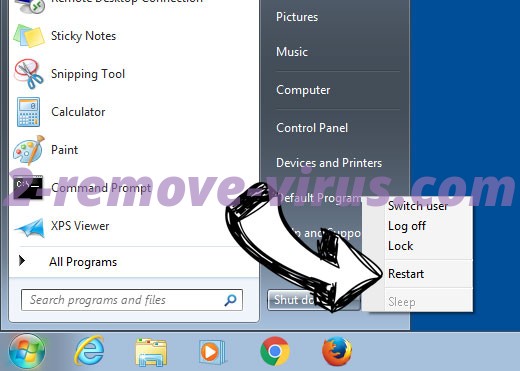
- Start tapping F8 when your PC starts loading.
- Under Advanced Boot Options, choose Safe Mode with Networking.

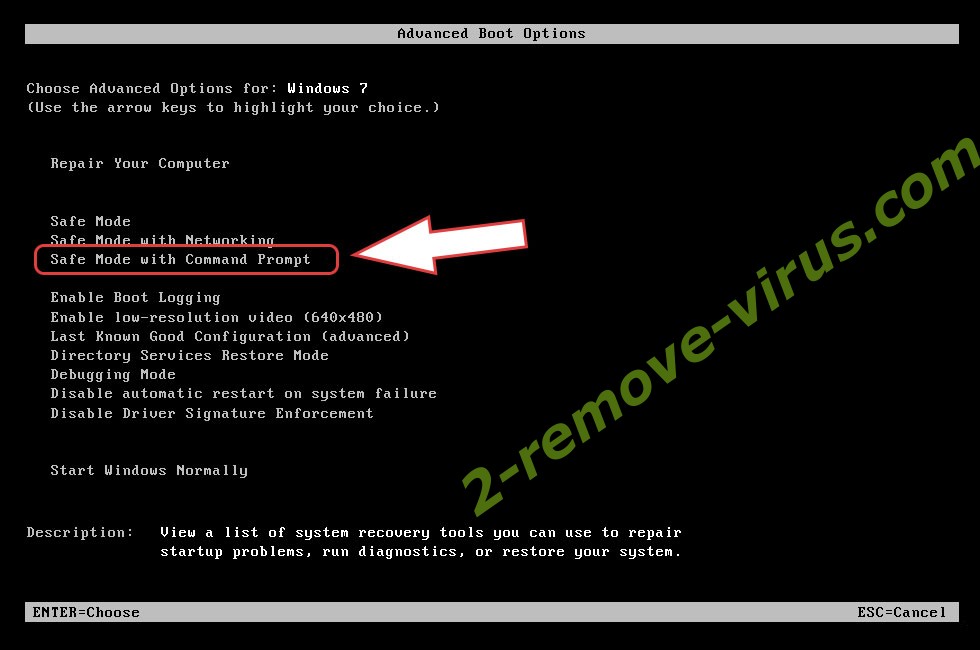
- Open your browser and download the anti-malware utility.
- Use the utility to remove Gula ransomware
Remove Gula ransomware from Windows 8/Windows 10
- On the Windows login screen, press the Power button.
- Tap and hold Shift and select Restart.

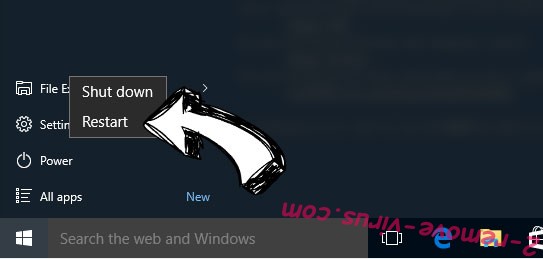
- Go to Troubleshoot → Advanced options → Start Settings.
- Choose Enable Safe Mode or Safe Mode with Networking under Startup Settings.

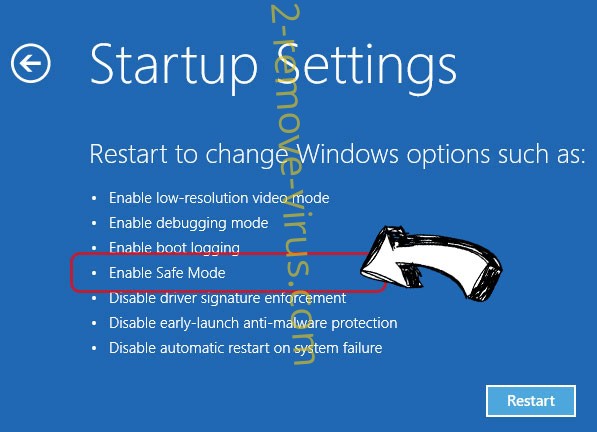
- Click Restart.
- Open your web browser and download the malware remover.
- Use the software to delete Gula ransomware
Step 2. Restore Your Files using System Restore
Delete Gula ransomware from Windows 7/Windows Vista/Windows XP
- Click Start and choose Shutdown.
- Select Restart and OK


- When your PC starts loading, press F8 repeatedly to open Advanced Boot Options
- Choose Command Prompt from the list.

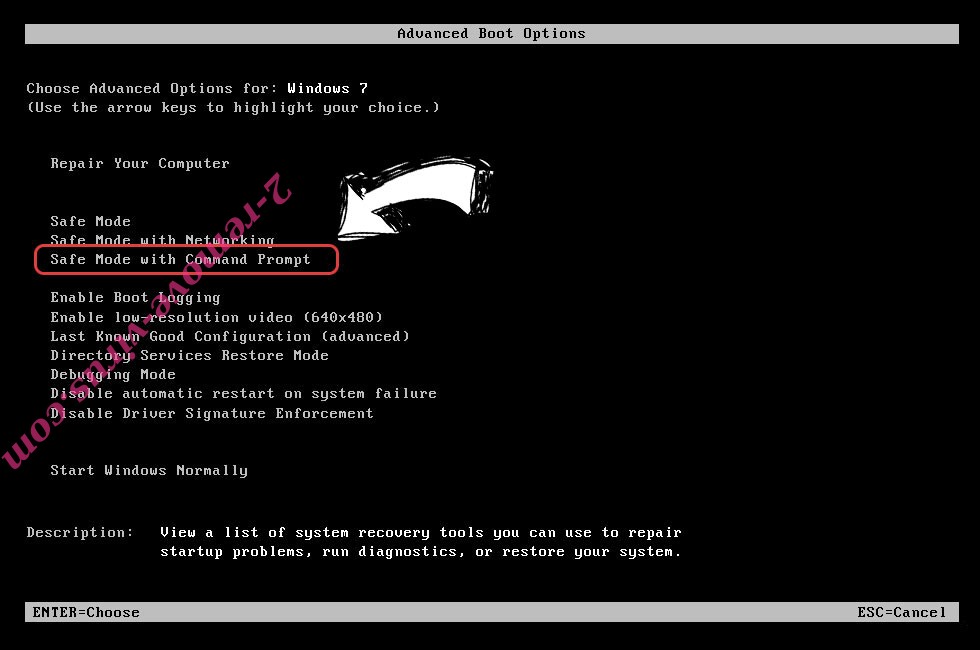
- Type in cd restore and tap Enter.

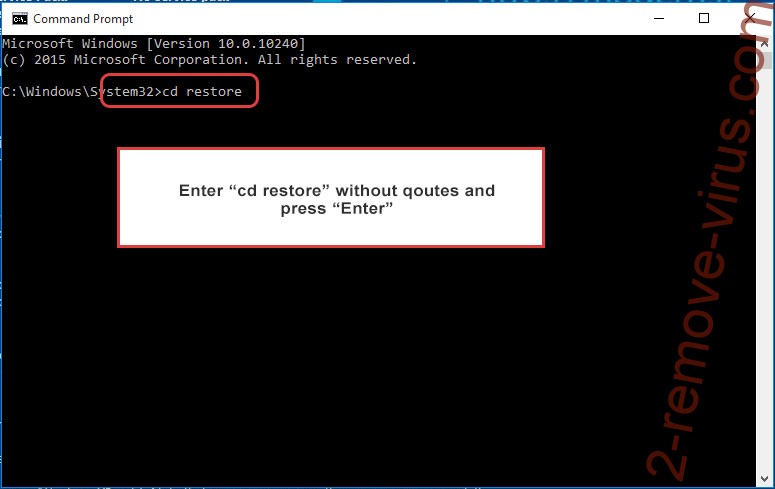
- Type in rstrui.exe and press Enter.

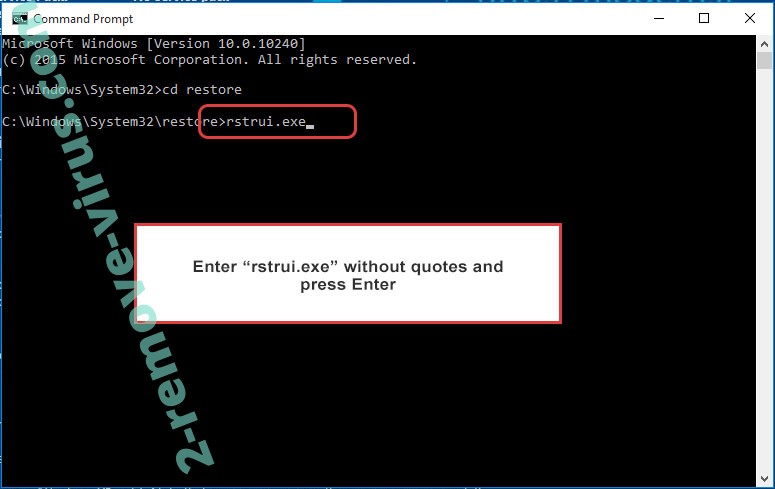
- Click Next in the new window and select the restore point prior to the infection.

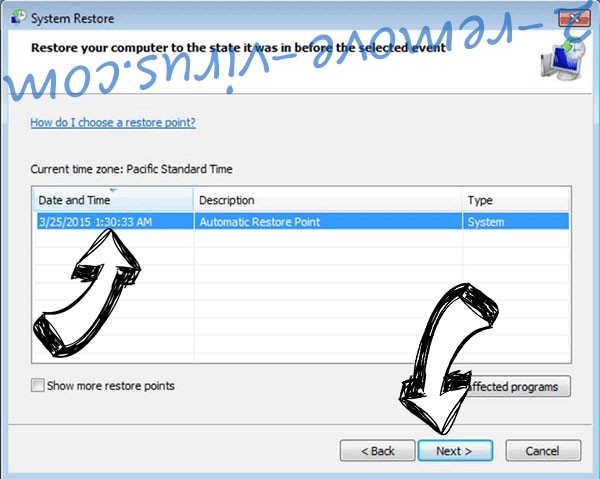
- Click Next again and click Yes to begin the system restore.

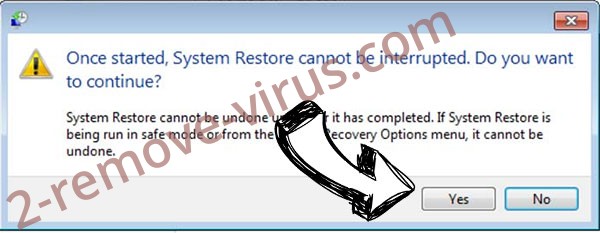
Delete Gula ransomware from Windows 8/Windows 10
- Click the Power button on the Windows login screen.
- Press and hold Shift and click Restart.


- Choose Troubleshoot and go to Advanced options.
- Select Command Prompt and click Restart.

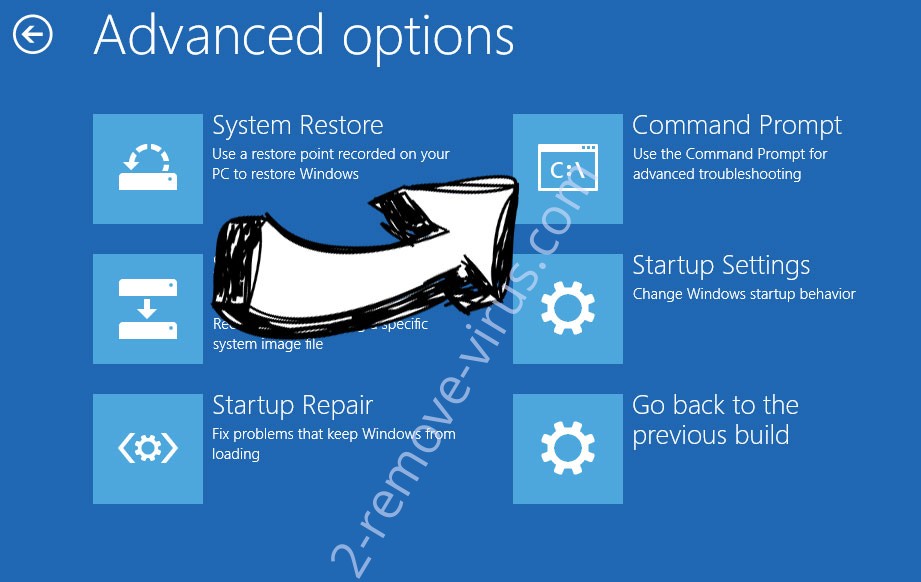
- In Command Prompt, input cd restore and tap Enter.


- Type in rstrui.exe and tap Enter again.


- Click Next in the new System Restore window.

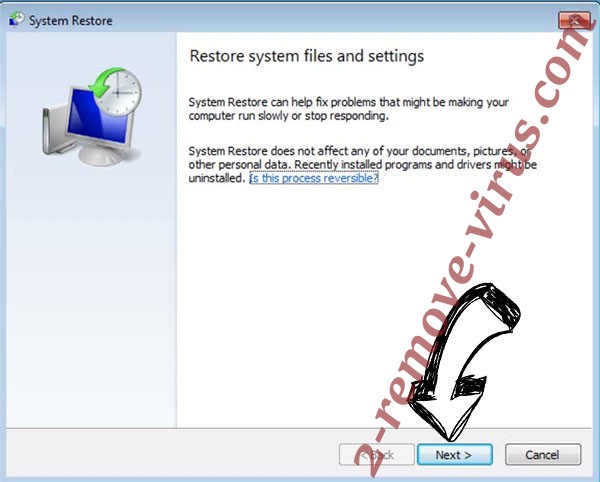
- Choose the restore point prior to the infection.


- Click Next and then click Yes to restore your system.


Site Disclaimer
2-remove-virus.com is not sponsored, owned, affiliated, or linked to malware developers or distributors that are referenced in this article. The article does not promote or endorse any type of malware. We aim at providing useful information that will help computer users to detect and eliminate the unwanted malicious programs from their computers. This can be done manually by following the instructions presented in the article or automatically by implementing the suggested anti-malware tools.
The article is only meant to be used for educational purposes. If you follow the instructions given in the article, you agree to be contracted by the disclaimer. We do not guarantee that the artcile will present you with a solution that removes the malign threats completely. Malware changes constantly, which is why, in some cases, it may be difficult to clean the computer fully by using only the manual removal instructions.
